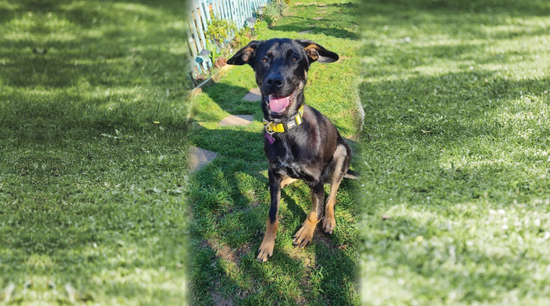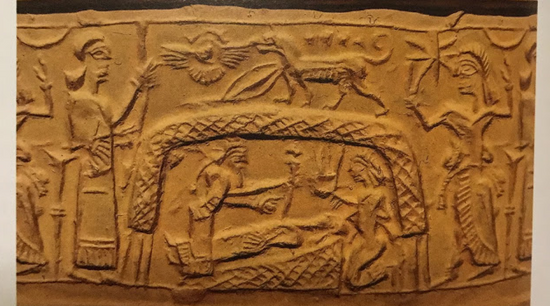Bau is a Mesopotamian goddess associated with healing, protection, and dogs. In the beginning of her conception, Bau was only related to dogs. The status of being a powerful physician and loving protector came later as dogs began to have more influence in human culture. How did this goddess of dogs become so closely related to health? Where does she originate from? And what does she mean for Barque & Bau?

In ancient Mesopotamia, there were several languages and cultures but they all had one thing in common: a goddess of dogs. Bau is the Sumerian variation and is thought to be the first goddess related to dogs eventually merging with other similar goddesses, Ninurta is the Lagash version, and Gula is the Babylonian variation. Bau first emerged between c. 2230 BCE and c. 2110 BCE, she then gained prominence during the second Dynasty of Lagash. Her role in mythology has transitioned multiple times as human culture has changed, leading to an expansive rule that has had influences in modern-day culture norms. One thing is clear: Bau always has a dog by her side. As dogs became domesticated and lived with humans more frequently, people began to notice that dogs that licked their wounds would heal faster. This phenomenon has actually been proven to be true as dog saliva has antimicrobial properties in the form of enzymes which helps to prevent major infections. The ability of dogs to seemingly heal themselves transformed them into being seen as healing beings. As such, Bau also became synonymous with healing.

Bau’s powers grew when dogs became associated with healing, leading to an increase in her influence for many healers and doctors. Many doctors at the time would go to Bau’s temples to help the sick and gain Bau’s blessings in the knowledge of healing and health. Even dogs were welcome in the temple to roam freely and provide support to those who were ill. Dogs who passed away were often buried near Bau’s temple, likely to keep them close to Bau who would protect them even in the afterlife. Even today, burials for our four-legged friends are commonplace as a way to show respect for their time on this Earth and all the love they have given to us.

Bau’s many followers would provide offerings to give back to local dogs. Donations and contributions to shelters and hospitals that cared for dogs were seen as a way to appease Bau and gain her intimate knowledge of healthcare. We aim to continue this work by donating a portion of all proceeds from our pet products to rescues that care for special needs animals, not just dogs.






